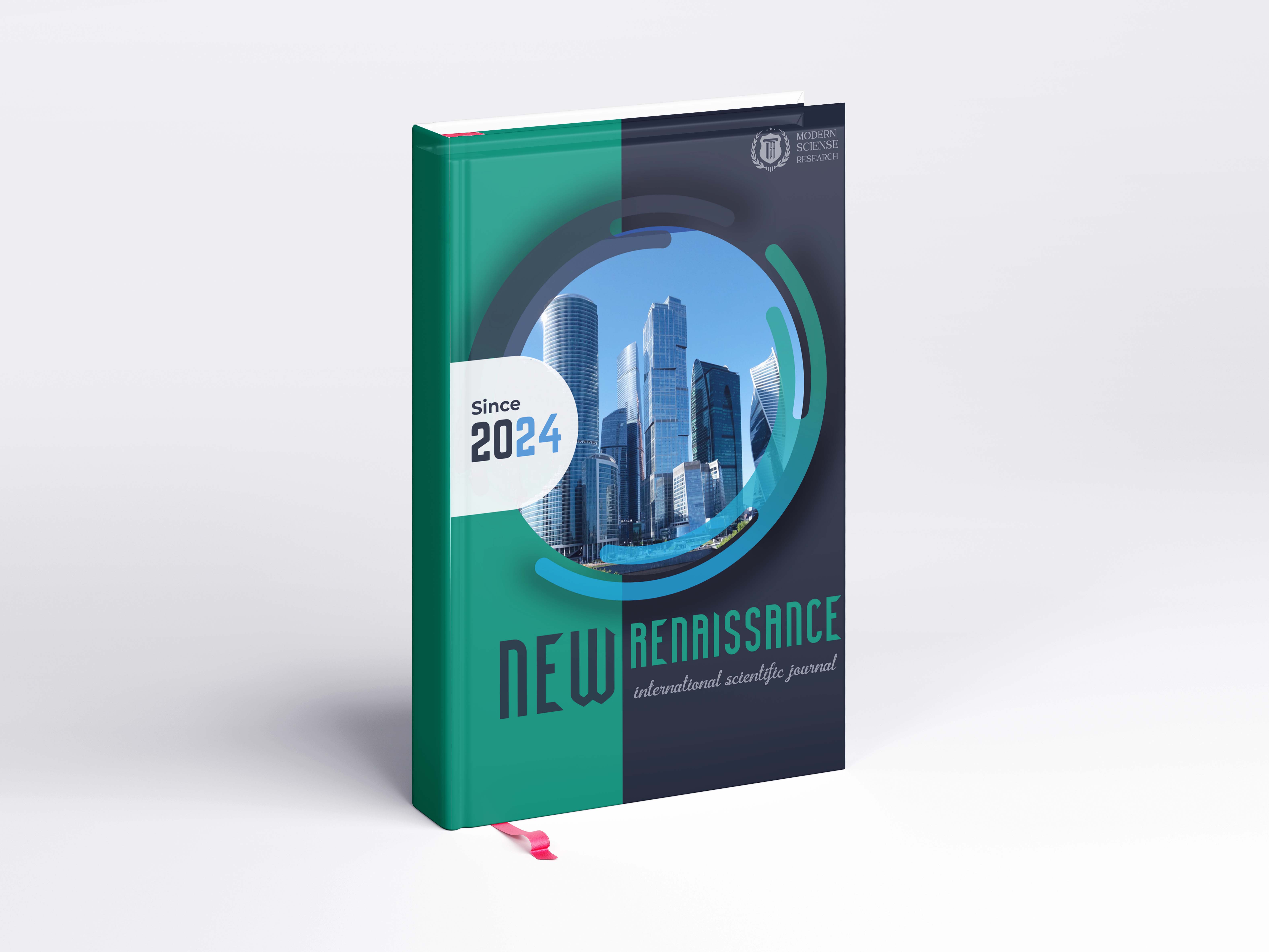Аннотация
This article examines contemporary methodologies employed in teaching English as a Second Language (ESL) at the university level. Through a critical analysis of current research, the study investigates the efficacy of communicative language teaching, content-based instruction, task-based language teaching, and technology-enhanced language learning in tertiary ESL contexts. The findings suggest that effective university-level ESL instruction requires an integrated approach that combines multiple methodologies while considering learners' specific academic needs, linguistic backgrounds, and career aspirations.
This article proposes a framework for implementing adaptive methodological approaches that address the unique challenges of university ESL instruction, including academic language proficiency development, discipline-specific language acquisition, and preparation for professional communication. Implications for pedagogical practice, curriculum design, and faculty development are discussed, with recommendations for creating more responsive and effective ESL programs in higher education settings.
Библиографические ссылки
Brinton, D. M., & Snow, M. A. (2017). The evolving architecture of content-based instruction. In M. A. Snow & D. M. Brinton (Eds.), The content-based classroom: New perspectives on integrating language and content (2nd ed., pp. 2-20). University of Michigan Press.
Brown, H. D. (2014). Principles of language learning and teaching (6th ed.). Pearson Education.
Bygate, M., Skehan, P., & Swain, M. (Eds.). (2018). Researching pedagogic tasks: Second language learning, teaching, and testing (2nd ed.). Routledge.
Cummins, J. (1984). Bilingualism and special education: Issues in assessment and pedagogy. Multilingual Matters.
Ellis, R. (2003). Task-based language learning and teaching. Oxford University Press.
Ellis, R. (2012). Language teaching research and language pedagogy. Wiley-Blackwell.
Halliday, M. A. K. (1973). Explorations in the functions of language. Edward Arnold.
Hyland, K. (2018). Sympathy for the devil? A defense of EAP. Language Teaching, 51(3), 383-399.
Hymes, D. H. (1972). On communicative competence. In J. B. Pride & J. Holmes (Eds.), Sociolinguistics: Selected readings (pp. 269-293). Penguin.
Johnson, K. E., & Golombek, P. R. (2020). Informing and transforming language teacher education pedagogy. Language Teaching Research, 24(1), 116-127.
Krashen, S. D. (1985). The input hypothesis: Issues and implications. Longman.
Kumaravadivelu, B. (2006). Understanding language teaching: From method to postmethod. Lawrence Erlbaum Associates.
Liu, N. F., & Littlewood, W. (2018). Why do many students appear reluctant to participate in classroom learning discourse? System, 75, 14-24.
Mayer, R. E. (2009). Multimedia learning (2nd ed.). Cambridge University Press.
Nunan, D. (2004). Task-based language teaching. Cambridge University Press.
Siemens, G. (2005). Connectivism: A learning theory for the digital age. International Journal of Instructional Technology and Distance Learning, 2(1), 3-10.
Swales, J. M. (2019). The futures of EAP genre studies: A personal viewpoint. Journal of English for Academic Purposes, 38, 75-82.
